BY HANNAH HOWARD
Photos by Miana Jun
AT VALLEY MILKHOUSE, TUCKED INTO THE GENTLE HILLS of Berks County, Stefanie Angstadt is quietly redefining what it means to be a cheesemaker in Pennsylvania. Her cheeses are as beautiful as they are flavorful—bloomy, briny, buttery, bold—and they speak to a deeper mission: to create something meaningful, sustainable, and rooted in place.
Stefanie’s raw and pasteurized milk cheeses are made with care and intention, drawing from both European tradition and a distinctly American spirit of innovation. But what truly sets her work apart is the community it nurtures—from the local farmers who supply her with rich, seasonal milk to the restaurants and retailers who bring her cheeses to their customers. Stefanie’s journey is one of passion, purpose, and creativity—and, of course, lots of delicious cheese.
We sat down with her to talk about inspiration, seasonality, collaboration, and the power of a perfectly ripe wheel.
1. What inspired you to start Valley Milkhouse, and how does that vision guide you?
I did a lot of traveling in my early 20s and worked on all kinds of farms. I fell in love with cheesemaking during an apprenticeship at a goat dairy in Colorado—the process, the beauty, the physicality. When I moved back to Berks County, I saw a real void in our regional food community for true artisan cheese. I had grown up with stinky, delicious European cheeses because my mother is Belgian, and I spent a lot of time in Europe. At 28, I took a leap of faith to bring that kind of cheese—something meaningful and rooted in tradition—here to my home community. That’s how Valley Milkhouse was born.
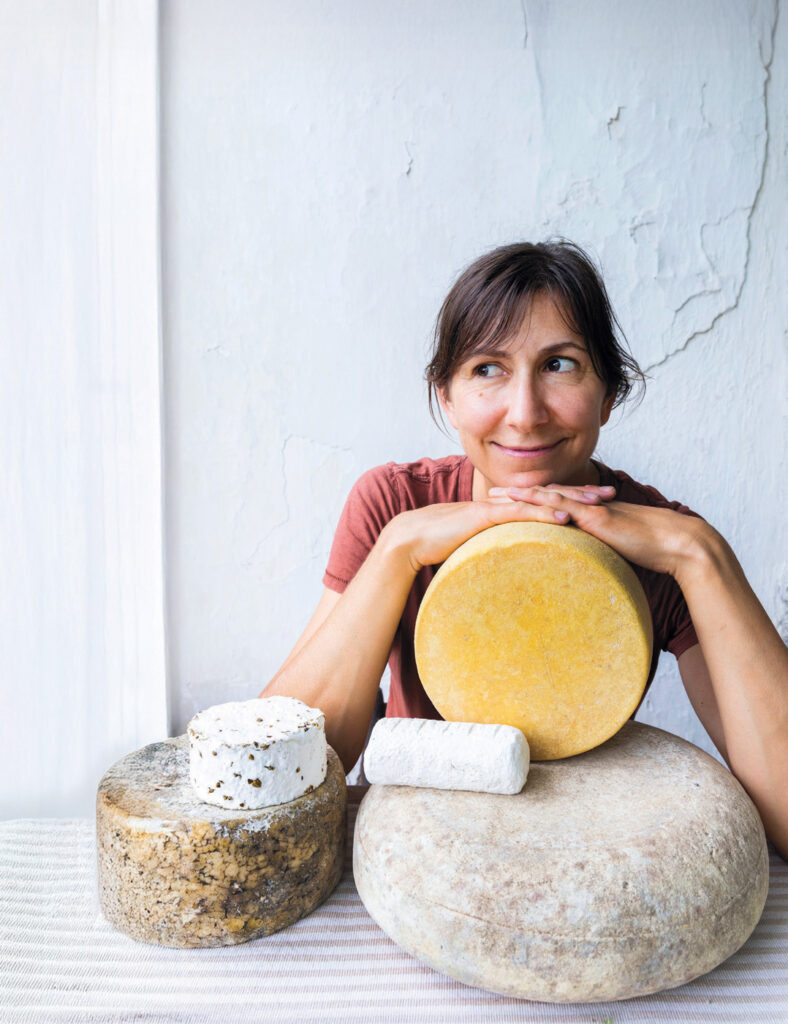
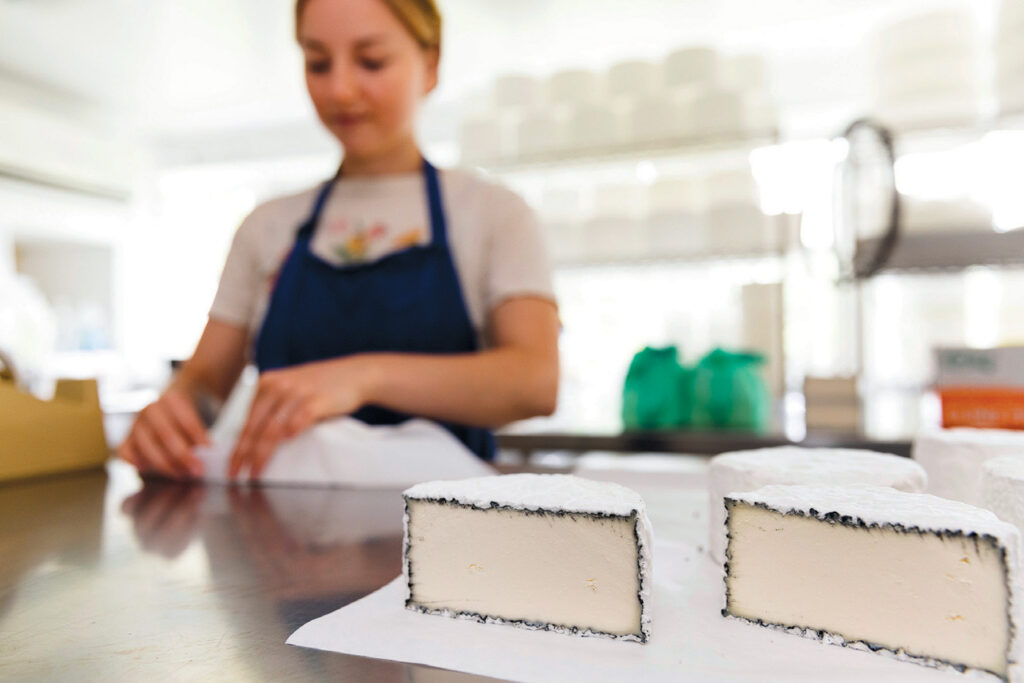
2. How do you decide what kinds of cheeses to make?
We make about a dozen cheeses at any one time, from fresh feta to brie to Alpine styles and blue. Some of that is practical—we do a lot of direct marketing and farmers markets, so we need to offer variety. But I’m really drawn to natural rinds and cheeses that can stand alone as table cheeses. When I started in 2014, there were local cheeses around, but many were more functional—cheddar, mozzarella, things to cook with. I wanted to make cheeses you could put on a plate and savor, something with personality and beauty.
3. Tell us about your milk sourcing and what role your partnerships with farms play.
Milk is everything—it’s 90% of our product.
We’ve always partnered with regional dairy farms that prioritize grazing, organic practices, and heritage-bred cows. Right now, we work with two herds of A2 Jersey cows—Millport Dairy and Sunshine Dairy. Jerseys produce rich, high-butterfat milk, which gives our cheeses their signature creamy, silky texture. Grazing is key, not just for its regenerative benefits, but because grass-fed milk brings complex flavor to aged cheeses. We’re choosy about our milk—it’s what makes our cheeses shine. Our partner farms are all within 35 miles of our creamery, so we can pick up milk right after the morning milking and start cheesemaking the very same day.
Organic and non-GMO practices are important to us and our customers, but more than that, we care about farms that share our values and can grow with us. We’ve been lucky to build strong, evolving partnerships over the years.
4. You ran a cheese CSA that had pickups in the fall and spring. How does seasonality affect your cheeses?
It’s a huge part of what we do. During the summer grazing season, we love making Alpine-style cheeses like our Marigold, which capture the flavors of the grass, soil, and weather—little time capsules of summer. We age those and sell them through the winter. In colder months, when cows are eating hay and the fat content changes, we make a lot of Brie and blue, and sell them throughout the spring (and beyond). The milk changes with the seasons, and we shift our styles to match. It’s one of the beautiful, often overlooked truths about artisan cheese.
Cheese is a time capsule. It holds the flavor of the land and reflects everything that happens in a farming season—the animals’ lactation cycles, the condition of the pasture, the weather, the mix of vegetation in their diet. Every batch, every week, every year is a little different. That’s what makes artisan cheese such a vibrant expression of regional food culture.
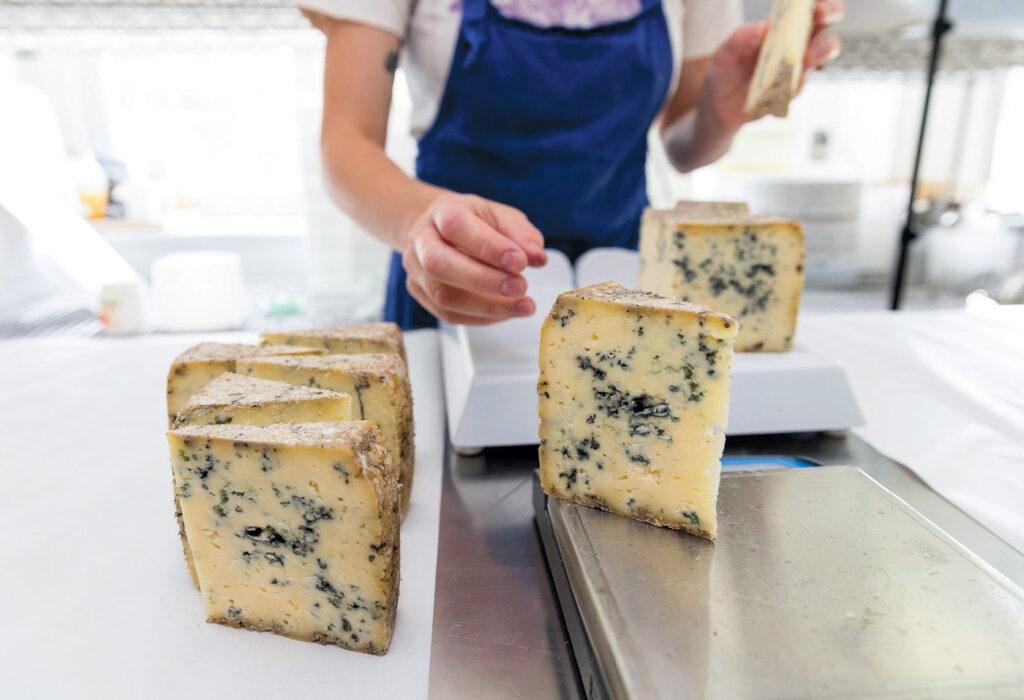
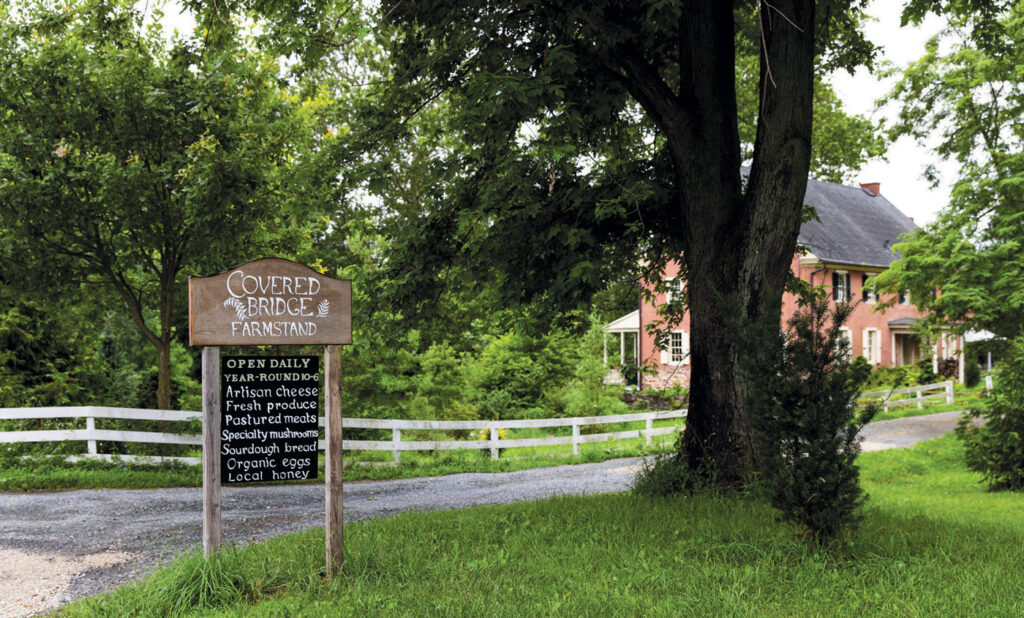
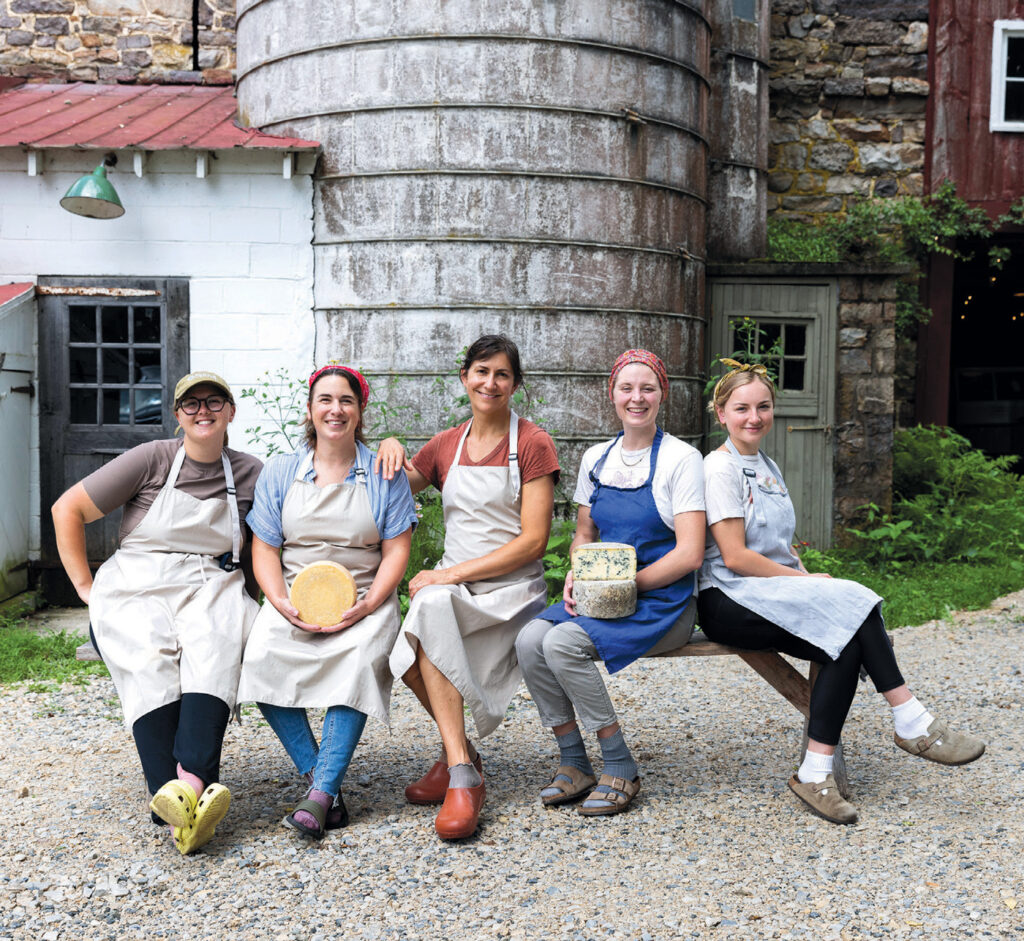
5 What advice would you give someone new to artisan cheese—whether they’re a consumer or a small retailer?
Don’t be intimidated! Cheese is a humble, everyday food in so many parts of the world. When you approach a cheese counter, come with curiosity. Ask what’s tasting good this week or which creameries they’re excited about. Support your local producers. There’s so much innovation happening in American cheesemaking—we’re winning international awards and creating cheeses that rival Europe’s best. When you buy a wedge of cheese, you’re not just getting something delicious—you’re supporting farmers, families, and a vibrant, resilient food economy.
Want more cheese inspiration? Try Stefanie’s favorite regional cheese, Red Cat from Birchrun Hills Farm, or visit her at the farmstand and tasting room in Oley. Lady Slipper, washed with local cider and inspired by her Belgian roots, is a must-try.
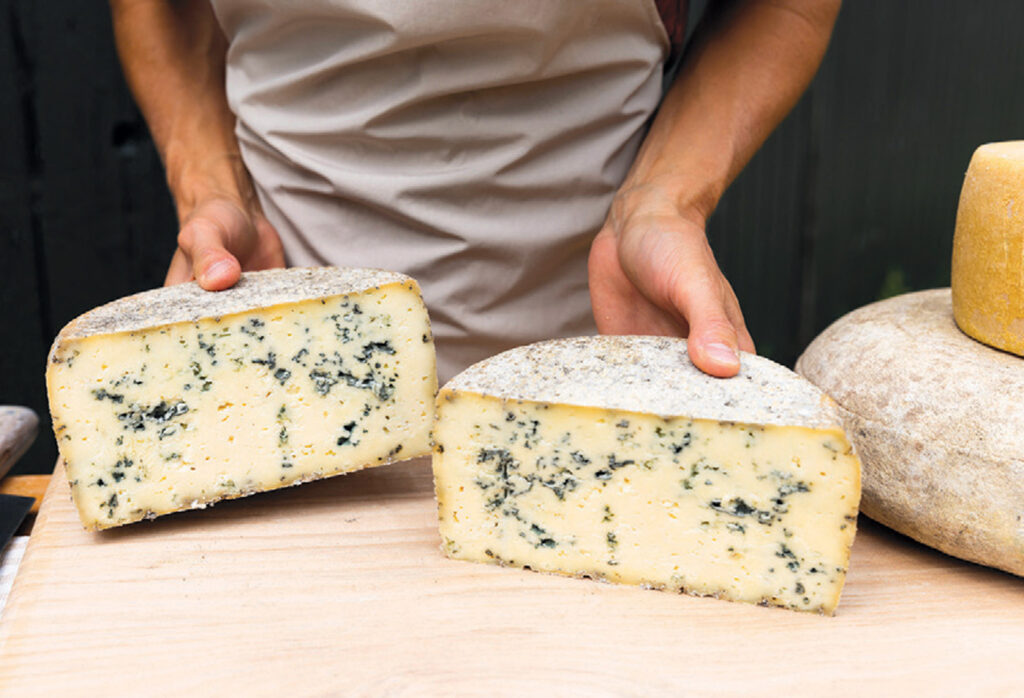
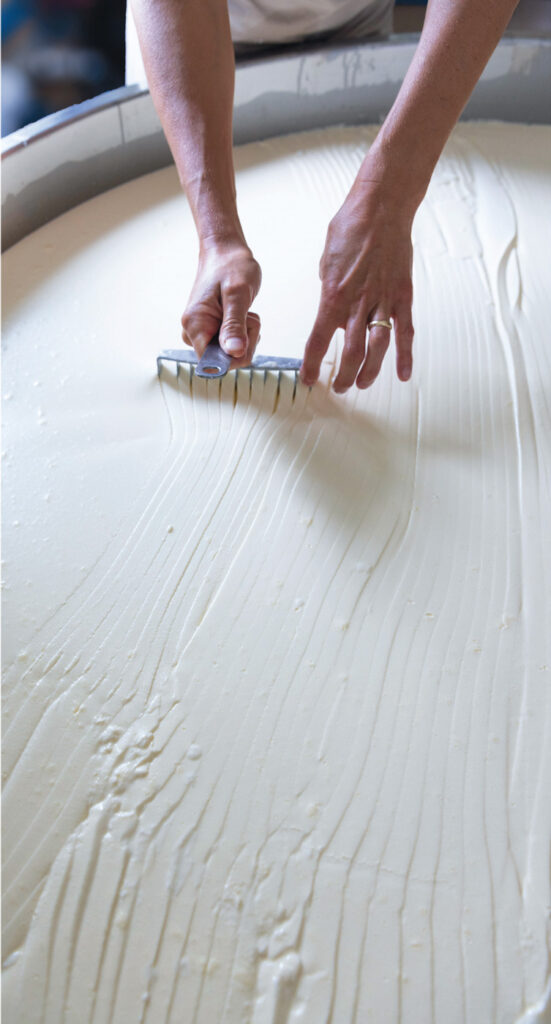
Where to Find Valley Milkhouse Cheeses
Experience the rich, seasonal flavor of Valley Milkhouse cheeses for yourself. These small-batch, pasture-raised wheels and wedges are available at beloved farm markets, independent grocers, and chef-driven restaurants across the region.
RETAIL SHOPS & MARKETS
ON THE MENU
Allentown: Renaissance Hotel Restaurant and the new Sympatico highlight local flavor on their seasonal menus
Bethlehem: Bolete Chef Lee Chizmar has long been a champion of Valley Milkhouse cheeses
Emmaus: Switchback Pizza’s Marguerite Viola and team serve up wood-fired pies with local flair, often featuring Stefanie’s cheeses
Keep an eye out for limited-run wheels and seasonal specialties. They go fast!



